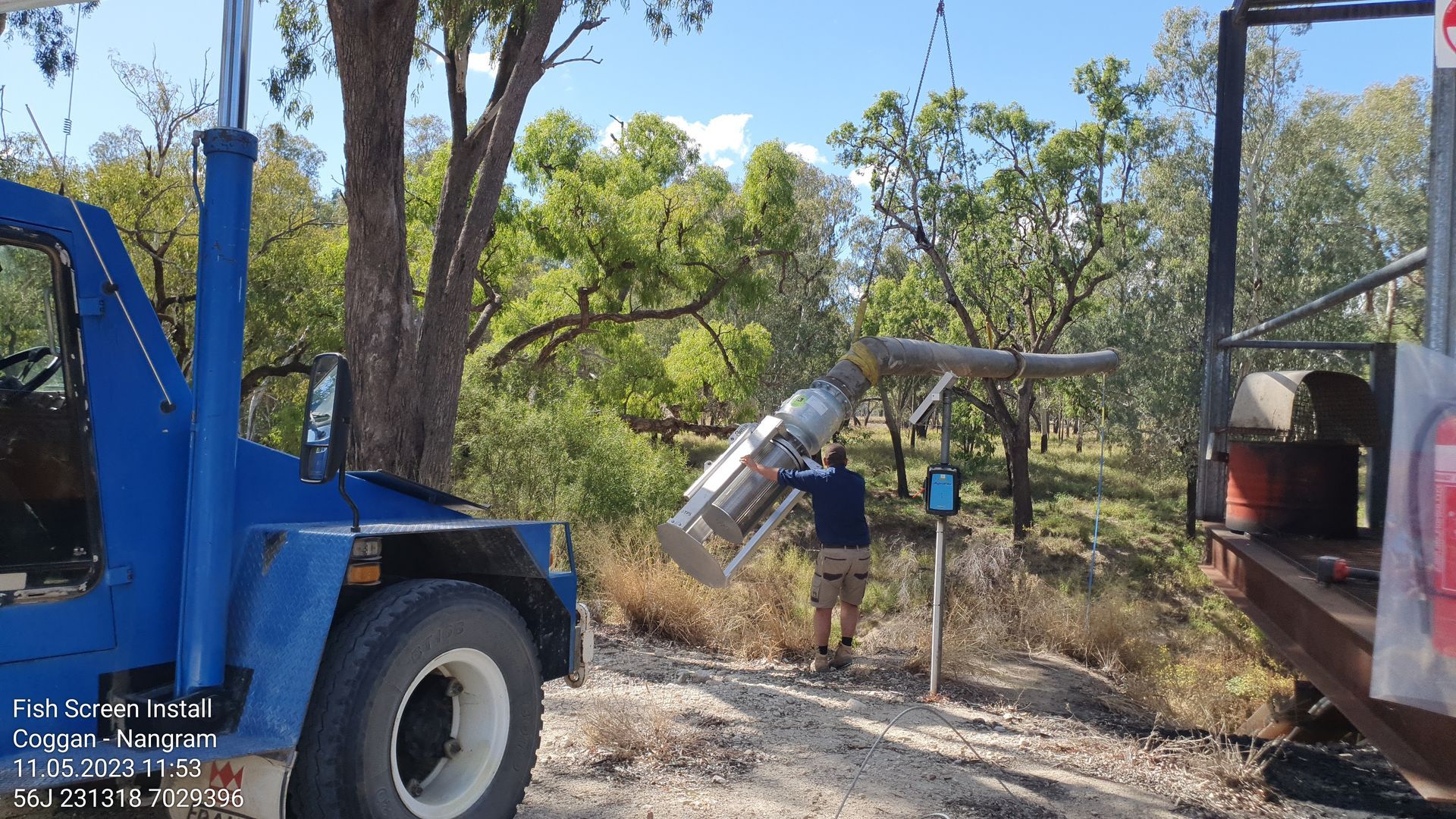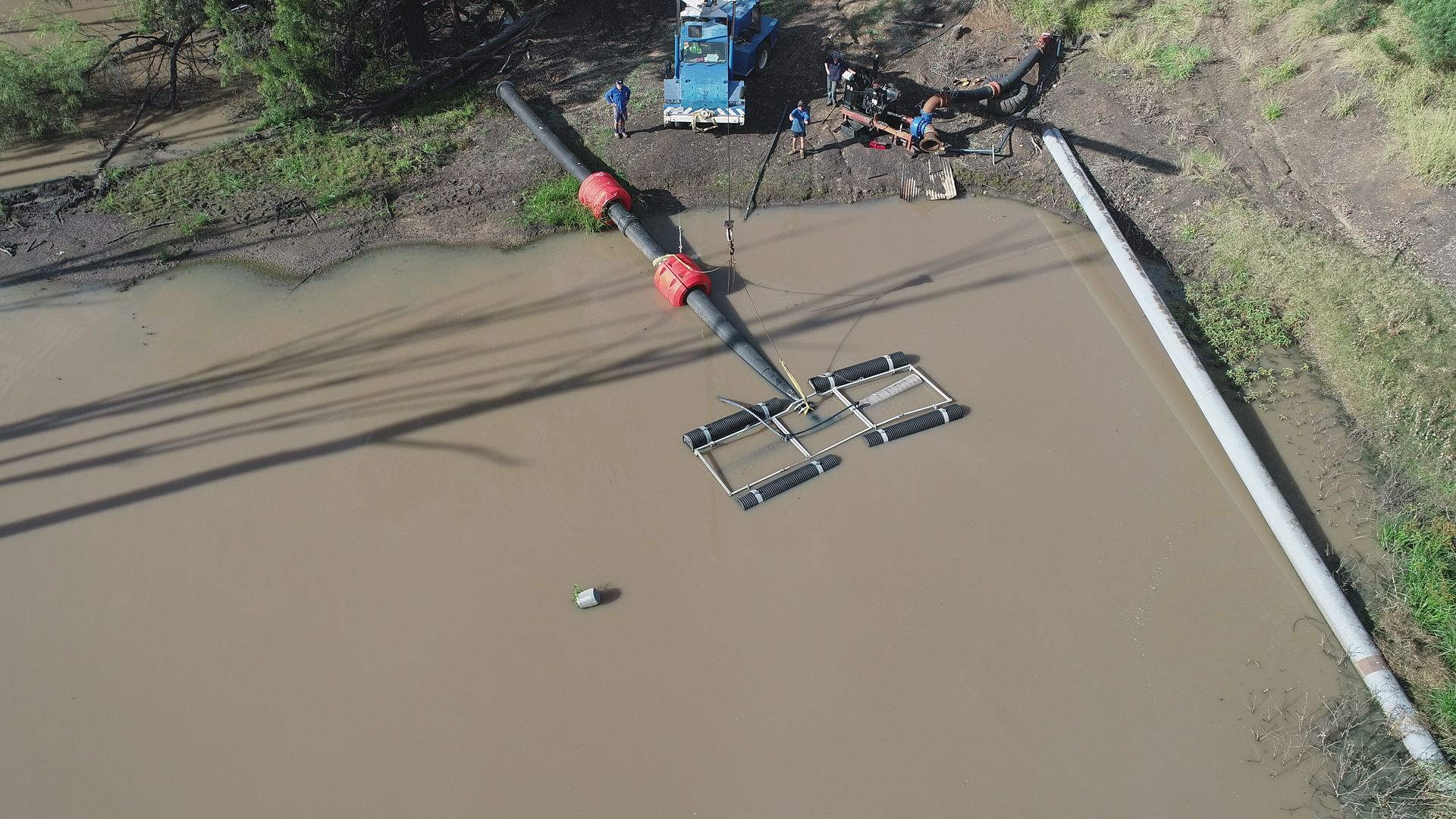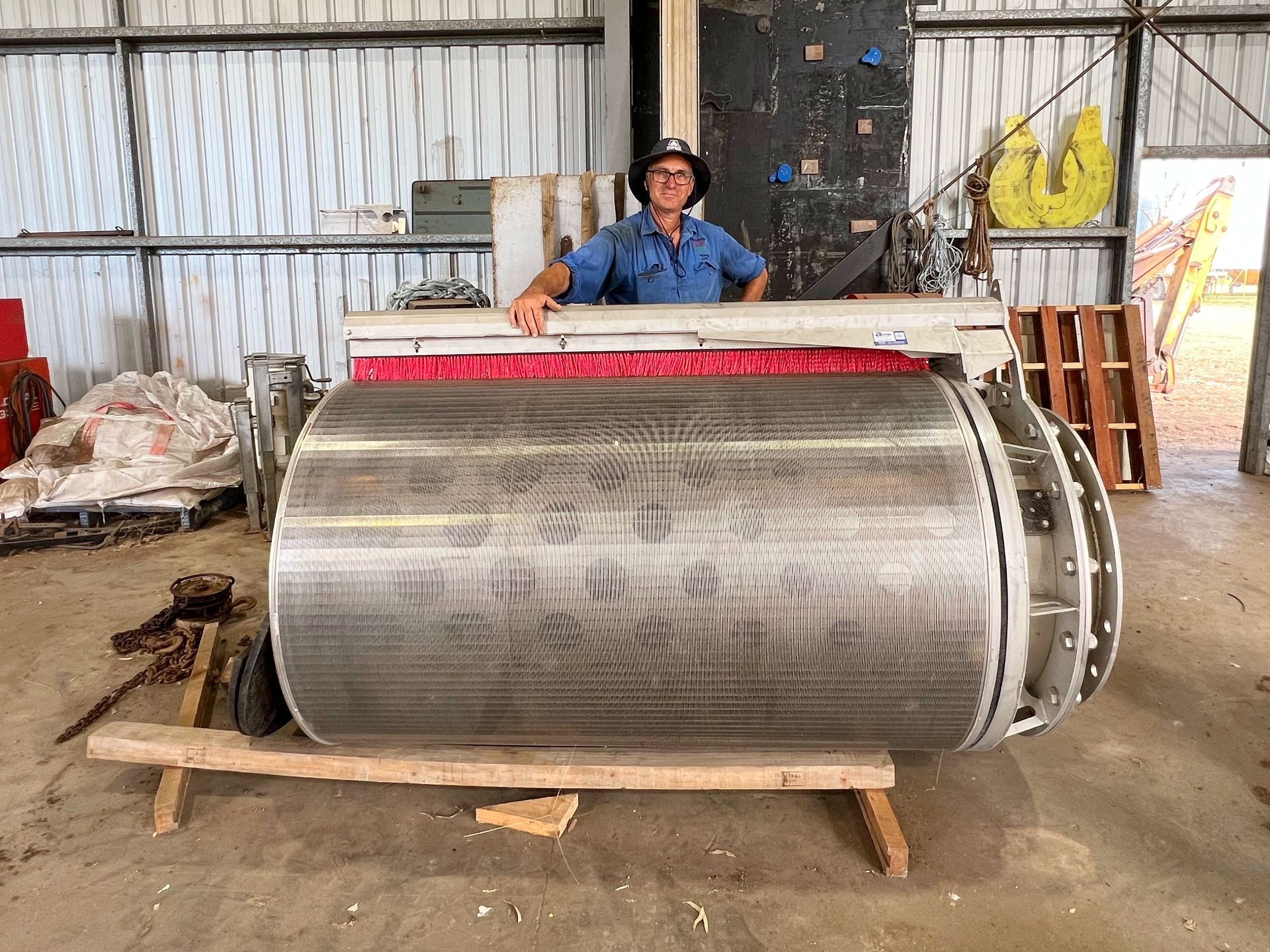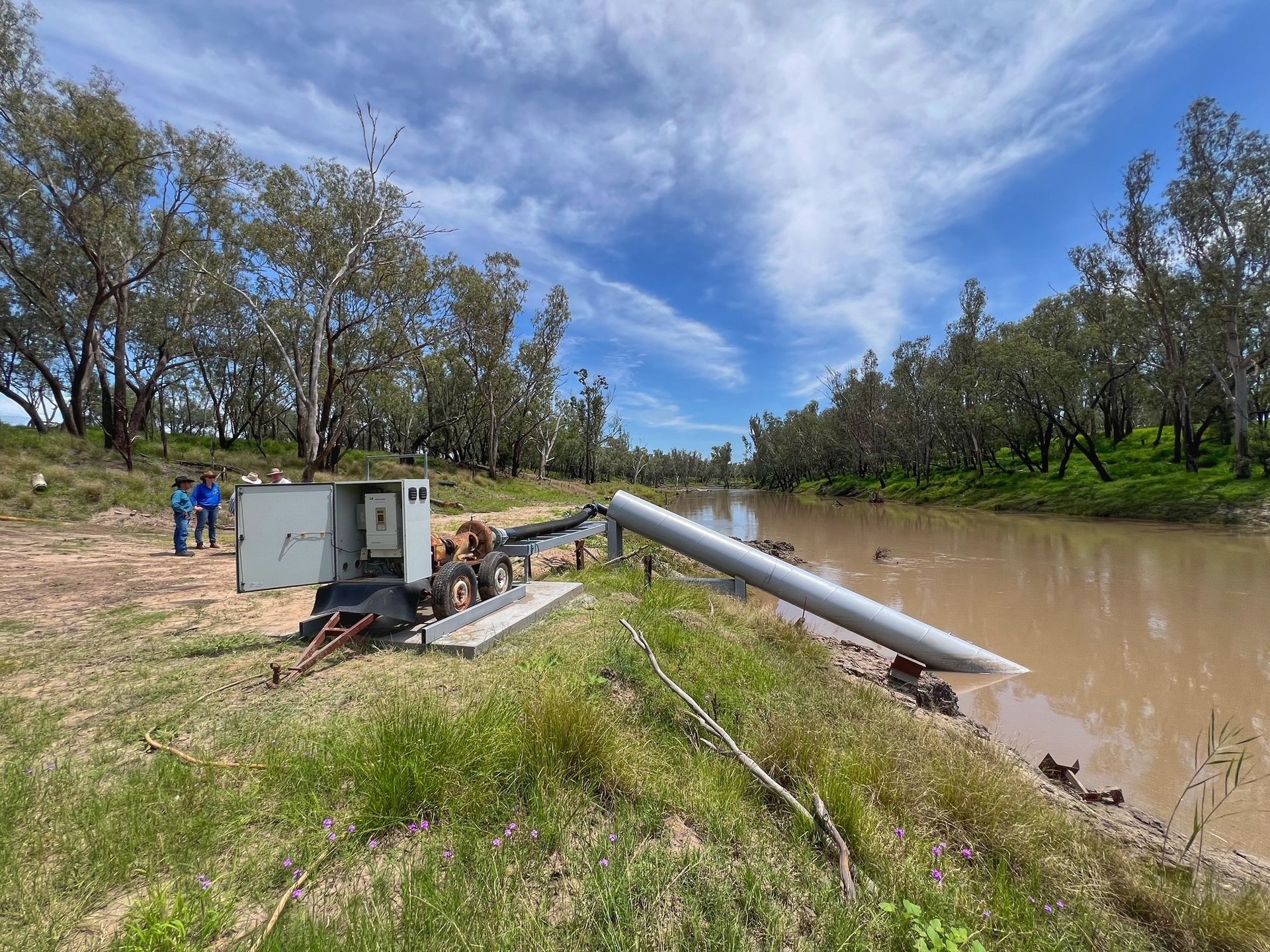With paddocks flooded right across Southern Queensland and drought declarations revoked for seven local government areas in our patch, it would be easy to rest on your laurels and not think about drought.
But Southern Queensland Landscapes warns now is the time to prepare for drought and protect your bottom line.
SQ Landscapes Knowledge Specialist and experienced hydrographer Dr Paul Webb said if land managers are not prepared, they will get hit harder and sooner by drought, which reduces their ability to weather the dry period.
“Now is the time to make changes and ensure you’re getting the most out of the rainfall as high rainfall on poor condition or unprepared soils can be damaging and cause erosion and doesn’t allow the soil to bank a moisture reserve which you can draw upon through dry times,” Dr Paul Webb said.
“Erosion along with other factors like poor soil health can cause land degradation, which is estimated to lead to pasture productivity losses of 50 to 80% and production losses in monetary terms of 30 to 40% for parts of Queensland,” Dr Webb said.
“The better your land condition is, the more resilient it is to things like drought,” he said.
“So now is a good time to get in the paddock and start planning on how you can best maximise the moisture we’re currently receiving to rehydrate your landscape, get ground coverage and bank soil moisture.”
According to the Bureau of Meteorology, April 2022 was the 9th wettest April in Queensland on record.
University of Southern Queensland’s Northern Australian Climate Program Climatologist Dr Chelsea Jarvis said the large Autumn rains were likely influenced by the La Niña weather phenomenon.
“La Niña is what we call the wetter phase of the El Niño-Southern Oscillation where conditions in Australia are more conducive to rainfall,” Dr Chelsea Jarvis said.
“What La Niña means for existing drought declared regions is that there is an increased chance of those regions getting rainfall. The odds are in their favor,” Dr Jarvis said.
“Just because it is a La Niña doesn’t mean that it will rain everywhere. We do know the things that determine it are on shorter timescales, so things like local weather, low level winds, uneven heating and cooling of the land, as well as extra moisture being pushed in from the south - these all play a part, so we can predict the rainfall through modelling,” she said.
“But we’ve been in La Nina for three years now, and after we finish this La Nina cycle, we’ll probably go into a few neutral years and then we’ll go into an El Nino period which is dryer.”.
Bell grazier Terry Waters is no stranger to managing a mixed grazing operation through dry periods, having taken over ‘Taloumbi’ in 2014 and then weathering the drought for a number of years since.
“The biggest cost of the drought was the loss of production and limited numbers of stock. In the dry I would rather rest the pastures and reduce stock rather than buying feed - but reducing numbers ultimately reduces our profitability and creates a loss of production,” Terry Waters said.
“The country was pretty unproductive in its unimproved state before, so we had to make changes and improve it to get more production out of it,” Mr Waters said.
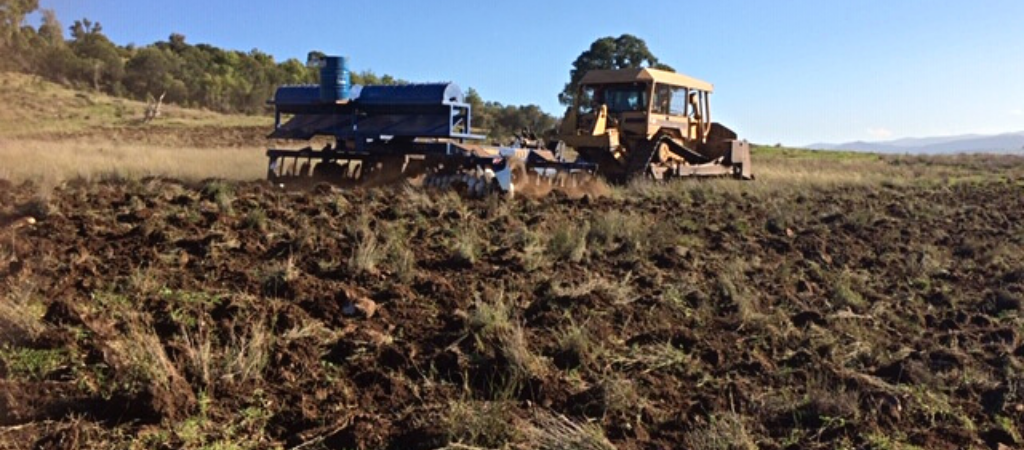
“While it couldn't be a better year for planting pastures because of the rain - we needed to make a few small changes to improve the productivity of the land overall,” he said.
“We’ve been working with SQ Landscapes to improve our pastures through soil testing and choosing suitable pasture species. By doing so, we are increasing our production and consequently increasing the soil health through vegetation cover - so we can fare well through the next dry period,” he said.
After trialing the changes in a 37 hectare test paddock on Taloumbi, Mr Waters said his land condition score improved from 7% to 99% thanks to multispecies pastures and employing land rehydration techniques.
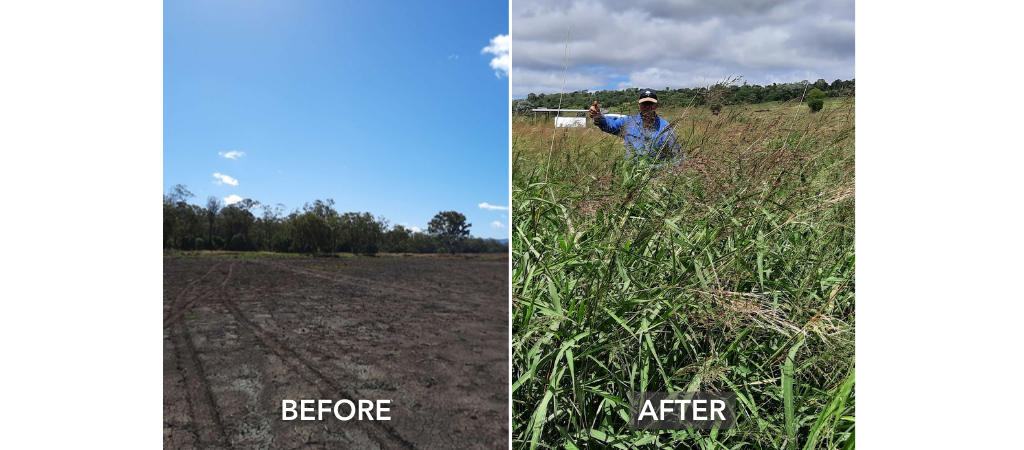
Terry Waters in his paddock showing great improvements following works with SQ Landscapes. (Images: supplied Terry Waters)
“By improving our pasture and getting the right mix for our land, we have lifted our production - double or tripled it due to the new pastures,” Mr Waters said.
“The other benefit of the pastures is that we’ve reduced the runoff. Water retention in these dry years has been really important, all our grass just keeps growing,” he said.
“The comparison between the improved country and non improved country is astounding really.”
To find out how you can increase your drought preparedness, contact Southern Queensland Landscapes and check out the resources down below.
- SQNNSW Drought Resilience Hub Roma Node contact - Sherrill.Stivano@sqlandscapes.org.au
- QRIDA - Drought support: https://www.qrida.qld.gov.au/drought-support
- Individually droughted property (IDP) application guidelines https://www.daf.qld.gov.au/business-priorities/agriculture/disaster-recovery/drought/assistance-programs/guidelines-forms/individually-droughted-property#:~:text=A%20property%20can%20become%20drought,a%20property%20becomes%20drought%20declared
- Long Paddock - Climate risk information for rural Queensland: https://www.longpaddock.qld.gov.au/
- The Northern Australian Climate Program - Climate Mates: https://www.nacp.org.au/
--
GrazingFutures Livestock Business Resilience improves drought preparedness and viability of Queensland livestock producers and is jointly funded by the Australian Government's Future Drought Fund and the Queensland Government.
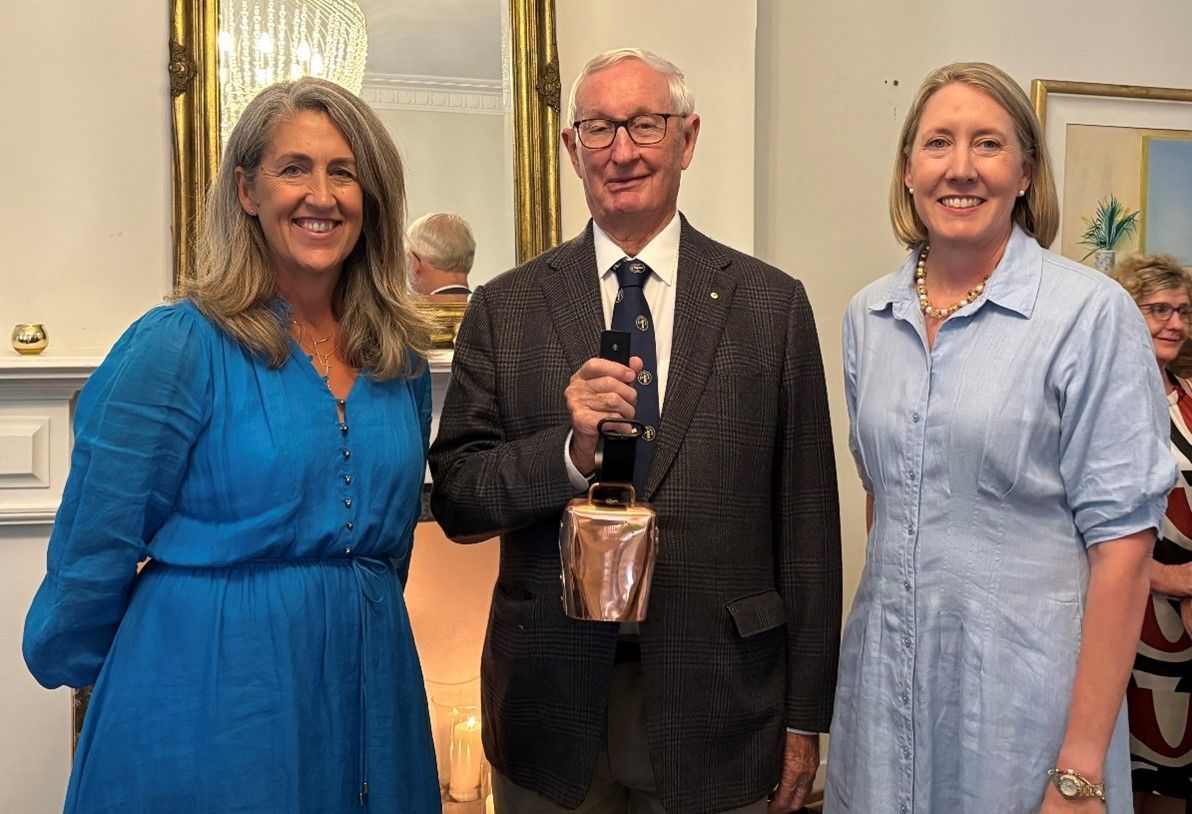
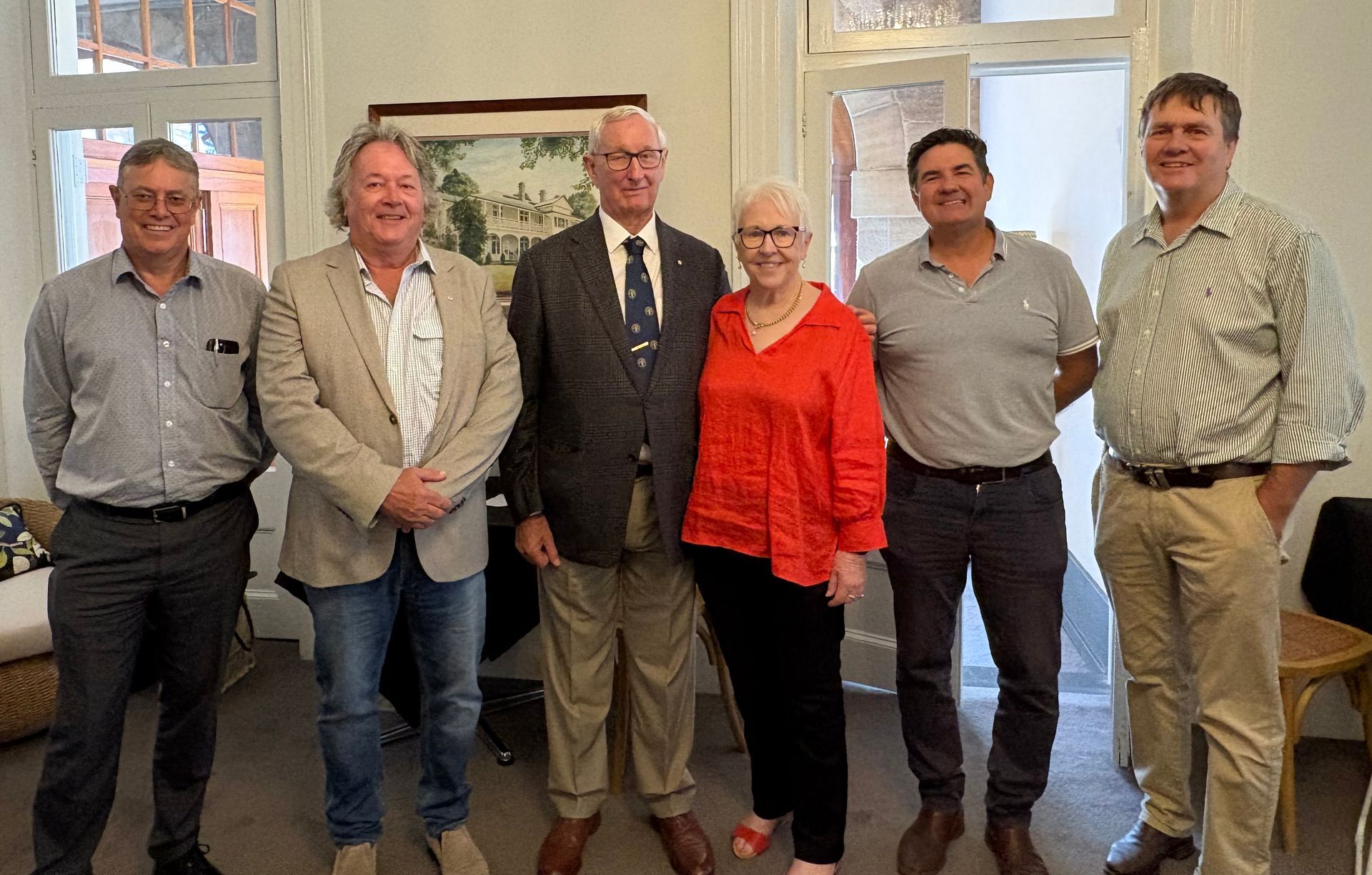
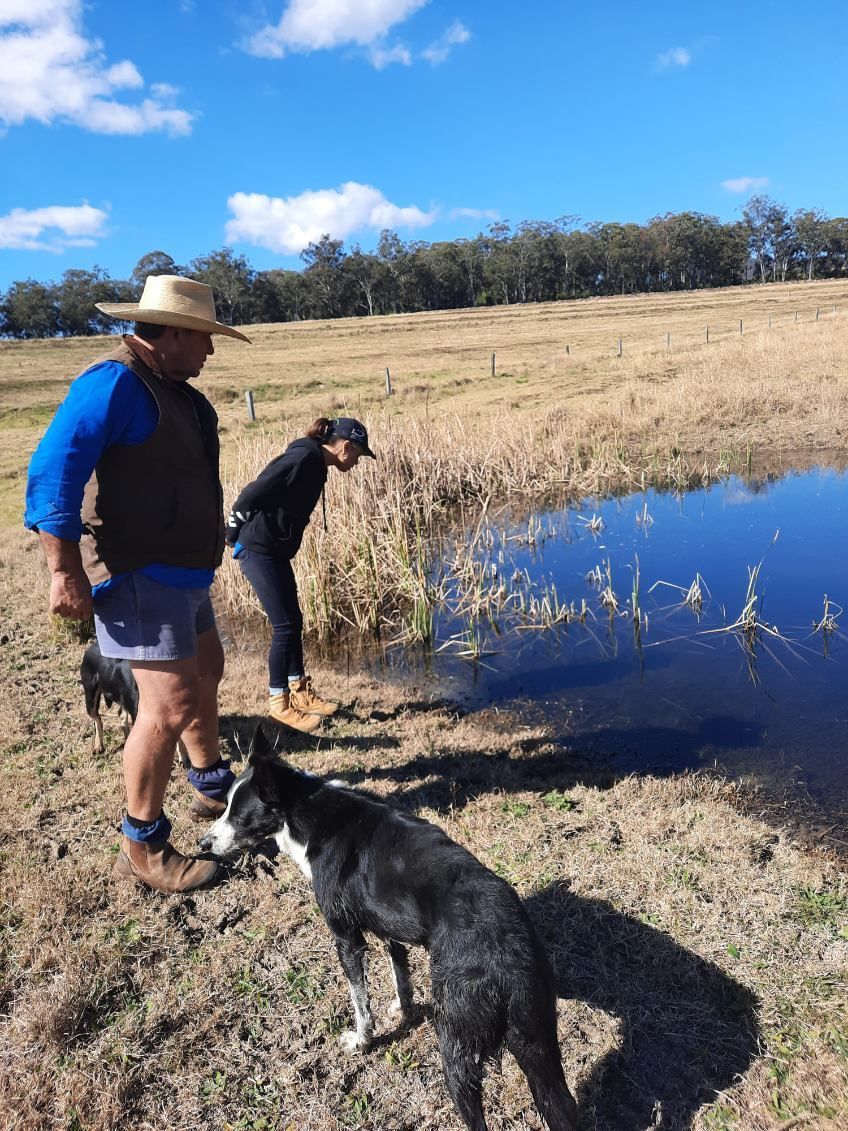
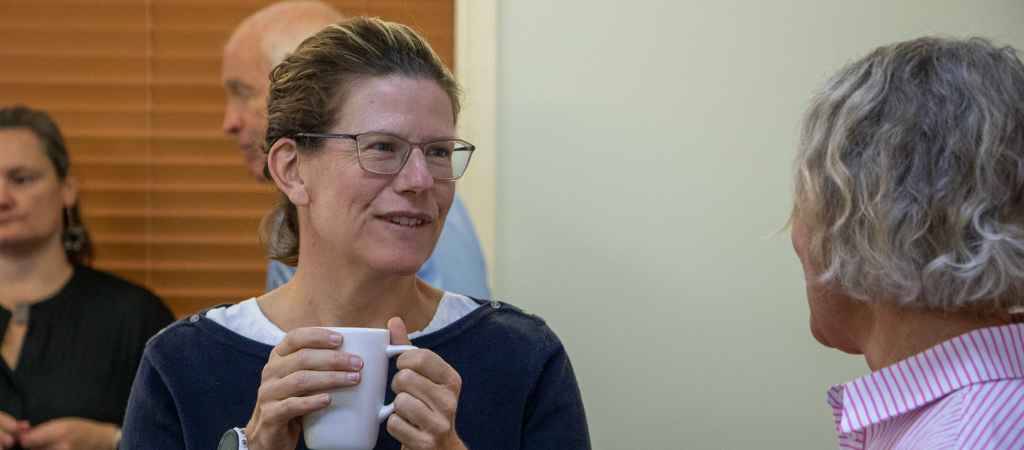
CONTACT
ADDRESS:
Toowoomba - 266 Margaret St. QLD 4350
Roma - 21 Major St. QLD 4455
Charleville - 92 Alfred Street. QLD 4470
St George - 1/11 Grey Street. QLD 4487
CONNECT
LOCATIONS
- 266 Margaret St, Toowoomba City QLD 4350, Australia 266 Margaret St, Toowoomba City QLD 4350, Australia
- 21A Major St, Roma QLD 4455, Australia 21A Major St, Roma QLD 4455, Australia
- Park St, Charleville QLD 4470, Australia 92 Alfred St, Charleville QLD 4470, Australia
- 48 Stockyard St. QLD 4490. Cunnamulla, 48 Stockyard St, 4490, QLD, Australia
- 1/11 Grey Street. QLD 4487 11 Grey St, St George QLD 4487, Australia
